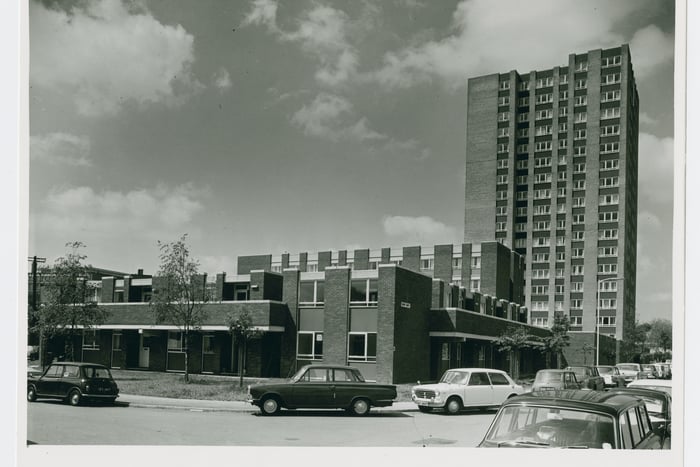You only have to look at the number of cranes on the skyline to see that new high-rise buildings seem to be appearing in Bristol all the time.
Many of the estates Bristolians grew up on are unrecognisable compared to when they were in their younger years.
Bristol World has pulled together eight images documenting estates across Bristol either at the time of their completion or shortly after.
The areas included cover Bedminster, Brislington, Easton, Henbury, Hartcliffe, Fishponds, Two Mile Hill and Barton Hill.
The pictures were supplied by the Housing Department function on Bristol City Council’s Know Your Place site.

1. Waring House, Redcliffe/Bedminster - 1960
Waring House, developed after WW2, was highly-praised for its architectural merit - particularly the way in which the scalloped roofline and canopy over the vehicle entrance echo the arched stone revetments on the nearby river bank. It is made up of 187 flats and maisonettes as well as a row of shops still there today. Redcliffe Bridge can be seen with motors of years gone by, two years after Waring House was opened, in 1960, a second bridge would be built to the east of this image - forming the one-way roundabout we know today.

2. Catherine Mead Street, Bedminster
Northfield House flats in Catherine Mead Street, Bedminster

3. Bishport Avenue, Hartcliffe - late 1960s
Three of Hartcliffe’s five tower blocks can be seen here, on Bishport Avenue. On the left, Pomfret House, on the right, Denham House and Maddocke House spotted in the middle. All five tower blocks were renamed during a 1990s refurbishment. These towers were built in 1964 after the council had previous experience with high-rise housing with builds in Redcliffe and Barton Hill. These three blocks are now known as Chestnut House, Willow House and Rowan House

4. Henbury Court Flats, Henbury - 1957
This image shows the largest block at Henbury Court, shortly after completion in 1957. The building contained 30 flats on five floors. It was built on the site of the former Henbury Court Hotel. The finishing touches can be seen still being made to the flats despite residents already moving into the building. The small utility blocks seen have since been removed.
